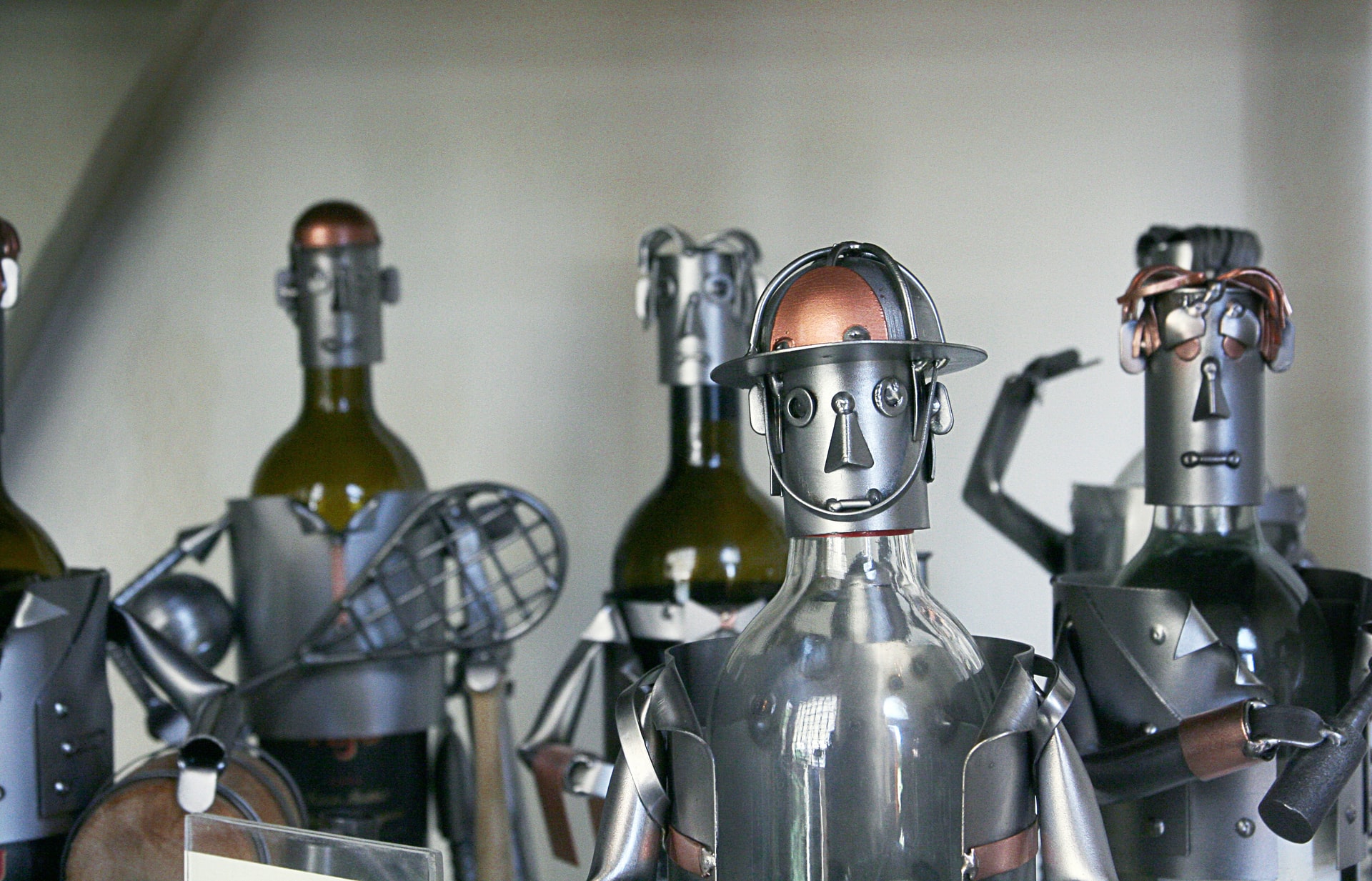How Do Exoskeletons Work?
Exoskeletons tend to be the stuff of dreams, especially for fans of science fiction. There are many examples of how this device is used in fantastic settings, in some of our favorite pieces of sci-fi entertainment. In Aliens, the heroine fights a gigantic, acid-spewing Alien queen with the use of a power loader exoskeleton. In all of the Iron Man movies, Tony Stark uses a variety of exoskeleton suits to save the day. In the billion-dollar grossing Avatar movie, an amplified mobility suit/ exoskeleton is used by the bad guy mercenaries to take on the Na’vi, and of course who could forget the robotic exoskeleton that is Robocop?
Such futuristic outfits are fantastical in their idea of what exoskeletons would eventually look like, and what they might be used for. But these robots are not actually fantasy. In the current day, exoskeletons do exist and provide an important service to their users. Exoskeletons are wearable devices that work hand-in-hand with their operators. They are usually used to augment, reinforce, or restore performance for a human wearer. This is done by being placed on the body, essentially acting as an amplifier to their movements.
Where do exoskeletons come from?
These devices are often made out of metal or carbon fibers (rigid materials) or are composed of soft and elastic parts. Exoskeletons were first invented in the 1960s by General Electric, with the creation of a device called the Hardiman. The first exoskeleton was a large full-body device that was designed to augment the wearer’s strength and enable the lifting of heavy objects, whilst reducing fatigue. At the end of that same decade, gait-assistance exoskeletons were created at the Mihajlo Pupin Institute in Serbia. By the time the 1970s came around, another gait-assistance exoskeleton was created at the University of Wisconsin-Madison.
Since then exoskeleton innovation has hit a variety of technological heights. Towards the end of the 2010s, a variety of lightweight military exoskeleton prototypes had been developed. The goal for these was to augment a user’s strength and endurance. Post-2010, there were several gait-assistance and restoration exoskeletons that were introduced to the public. An example of this is Ekso Bionics’ various robotic exoskeleton, produced by this industry leader, based in the United States.
How does the exoskeleton work?
To answer the question of how such devices work, we must first begin by discussing the frame of an exoskeleton. Depending on what materials went into making them, they are often lightweight and allow quite a degree of freedom when it comes to movement. The frame goes around the user’s body, or part of their body, depending on the type being used. In some cases, the exoskeletons can contain sensors that are used to monitor and then respond to a person’s movements.

What do they run on?
Exoskeletons require different types of power sources to help them operate. They can be either motorized or mechanical, while others run on electricity. Some exoskeletons don’t require any electricity and offer more freedom for a user. One useful example of seeing how these work is in the EksoUE suit. The EksoUE is an exoskeleton that assists patients who have limited mobility or limb injury in the upper body. The exoskeleton technology works with a patient’s affected shoulder and arm during his or her rehabilitation. This device is a wearable upper-extremity type of medical exoskeleton.
This device has interchangeable springs, which allows for different powered active-assisted function movement. The device’s operation is based on the patient’s strength, endurance, and the weight of their limb or extremity. This is often how most other exoskeletons work, as they are based around the user who is operating them. In the case of the EksoUE, how the exoskeleton operates is based on how the patient utilizes the device. These devices are often used for occupational or physical therapy sessions. This helps to allow for longer and more high-intensity therapy sessions and is a huge assist in increasing muscle activity, and motor functions.

